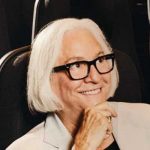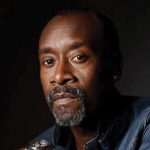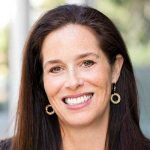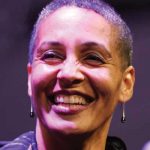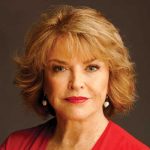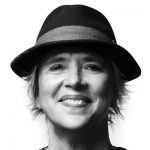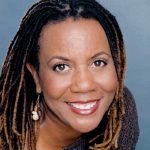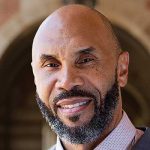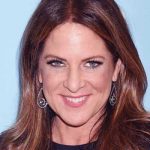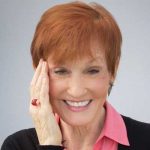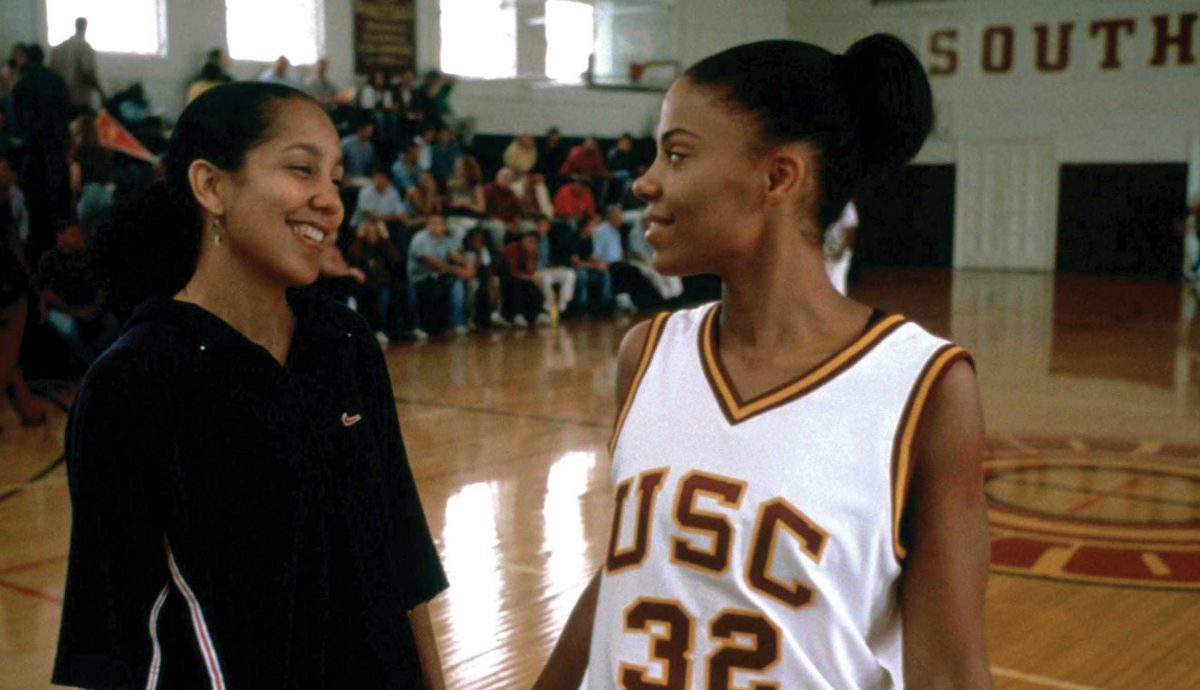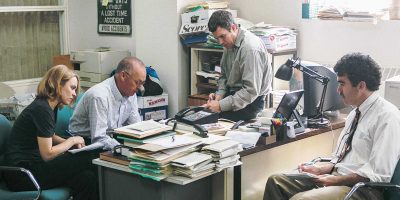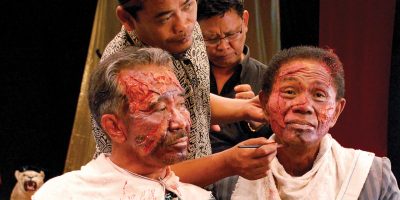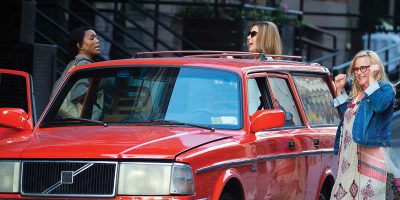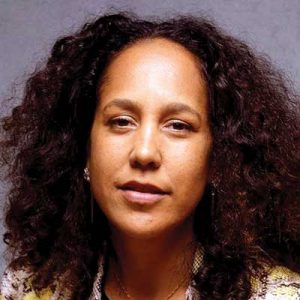
Gina Prince Bythewood
Writer and director
Notable works: Love & Basketball, The Secret Life of Bees, Shots Fired
My journey as a filmmaker has been one of fighting to tell the stories I want to tell.
Those fights sharpen, harden and embolden you. They give you the confidence and courage to go after what you want, despite the track record of who, historically, gets to tell the stories.
I love action and superhero films, for instance, and I’ve fought to be able to tell those stories despite the fact that women — especially women of color — rarely have the opportunity to do so. I’m excited to be making The Old Guard, a film based on a graphic novel series by Greg Rucka and Leandro Fernández about two incredibly badass women and their group of mercenary soldiers. It’s great to be able to put these characters out into the world.
Love & Basketball
Love & Basketball is a true epic, the story of the love between Monica (Sanaa Lathan) and Quincy (Omar Epps). Monica’s family moves in next door to Quincy’s when the two are 11 – both are prodigiously talented basketball players, but Quincy’s prospects are brighter than Monica’s. There’s a professional league for him to dream of playing in, and his father, Zeke (Dennis Haysbert), was himself a pro player. And Monica’s already-slimmer prospects are endangered by her temper.
Rosenberg, Alyssa. “Why I love: The smart sensuality of ‘Love and Basketball’.” The Washington Post, 25 Apr. 2015.
Love & Basketball box office
“Love & Basketball.” Box Office Mojo, IMDb.com, Inc.
https://www.boxofficemojo.com/movies/?id=loveandbasketball.htm
Love & Basketball awards
“Love & Basketball (2000): Awards.” IMDb, 2019.
Up until this point in my career I’ve tended to direct screenplays I’ve written, so the story is always my starting point when I’m considering a film’s impact. When you have a platform as big as TV or film, it shouldn’t be wasted on just entertaining; you can absolutely entertain and have something to say at the same time. The show Shots Fired, which my husband and I created, is a great example of that. It looks at the range of perspectives resulting from racialized shootings in a small town, but it’s also a really compelling mystery.
Love & Basketball is another example of balancing entertainment with social impact. I wanted to make a love story as iconic as When Harry Met Sally, but with a black cast. I wanted people to look at Love & Basketball and see a universal love story, but at the same time it was important for me to make a film with black characters at the center. Back in 2000 that was dangerously rare in Hollywood and in many respects it still is.
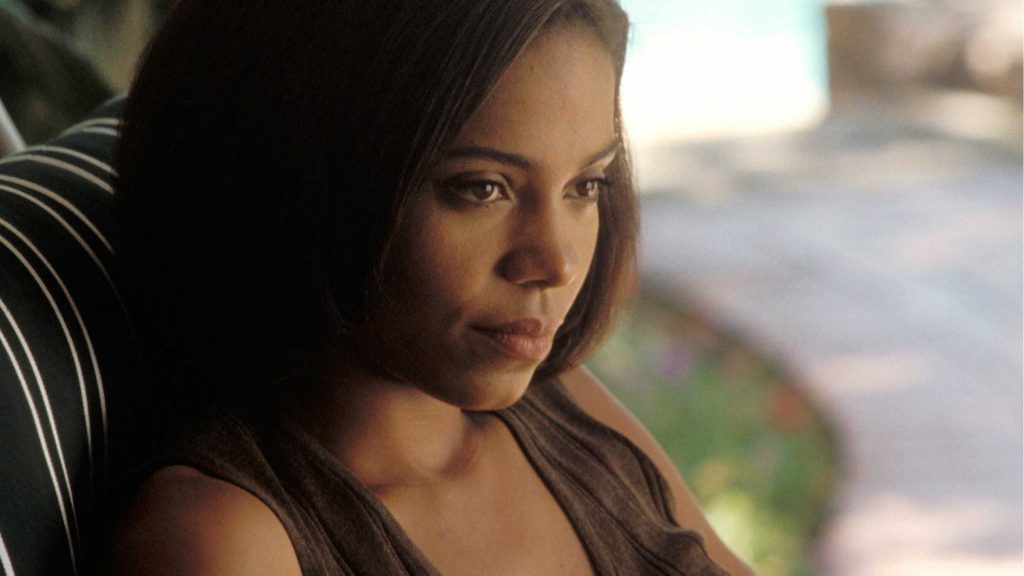
It was also important for me to get this film made because so much of it was my personal story. I wanted to see myself represented on screen because for most of my life I felt ignored by the mainstream media. I am still humbled by the lasting impact of the film. I love that men consider the character Monica, an athlete, their romantic ideal. I also love that women and girls can look at her and be proud of their athleticism.
Unreasonable ratios
The Inclusion in the Director’s Chair? study was conducted over the years 2007–2017. Of 1,000 popular films from 2007 to 2016 the results show:
Only 4% of directors were women. This puts the ratio of male to female directors at 24:1.
Out of a total of 109 film directors who were associated with the top 100 movies of 2017, 101 were male while only eight were female.
None of the female directors had appeared previously in the top 100 films across the 11-year time frame investigated
Smith, Stacy L., et al. Inclusion in the Director’s Chair? Gender, Race, & Age of Film Directors Across 1,000 Films from 2007-2016. USC Annenberg, 2017.
That impact might not have been possible without the help of the Sundance Institute, which was instrumental in getting Love & Basketball made. When I first sent the idea out, every studio passed. Two days after I got the final pass, Sundance called and said they wanted to meet me. I was invited to bring the script to their lab. It was an incredible experience. I got to work with amazing mentors like Scott Frank and Paul Attanasio, writers for whom I have the utmost respect. The Institute also put on a live reading of the script which resulted in Spike Lee’s company coming aboard as producers, and the finished film screened at the 2000 Sundance Film Festival.
Girls Trip box office
“Girls Trip.” Box Office Mojo, IMDb.com, Inc.
Crazy Rich Asians box office
*Updated as of Jan 6th 2019.
“Crazy Rich Asians.” Box Office Mojo, IMDb.com, Inc.
https://www.boxofficemojo.com/movies/?id=crazyrichasians.htm
Institutions like Sundance are vital because they actively look for disparate, yet equally important voices in our industry. This work is essential because the diversity stats in film are horrifying. Only four black female directors, including myself, have worked across the top 1,100 movies between 2007 and 2017. Of the 1,233 directors of those 1,100 films, only eight were women from any underrepresented racial or ethnic group. Though equal numbers of women and men go to film school, only 4% of the top-grossing US films are directed by women.
When you take a look at some of the most successful films of the past couple of years, however, you can notice a seismic shift. Films like Black Panther, Girls Trip, Get Out and Crazy Rich Asians are proving that films focused on people of color have their own audience and can reach mainstream audiences too. It seems clear that moviegoers are bored with the status quo, of looking up at the screen and seeing only white characters. I hope that we continue to not just have more black characters on screen, but to see them appear in a wide range of genres as well.
Minority representation in Hollywood vs. US population
Findings from the Hollywood Diversity Report 2018:
Hunt, Darnell et al. Hollywood Diversity Report 2018: Five Years of Progress and Missed Opportunities. UCLA College of Social Sciences, 2018.
As a filmmaker, it’s important to allow your passion for creating social impact push you past the “no’s” you’ll encounter. While it’s hard to produce work that says something important, or focuses on characters that aren’t seen often, it’s so important to bring that work to life. The more we do it, the more normal it becomes. In this way, I think art can absolutely change the world. I am completely optimistic about that. You should never have to apologize for using your art to make impact.

